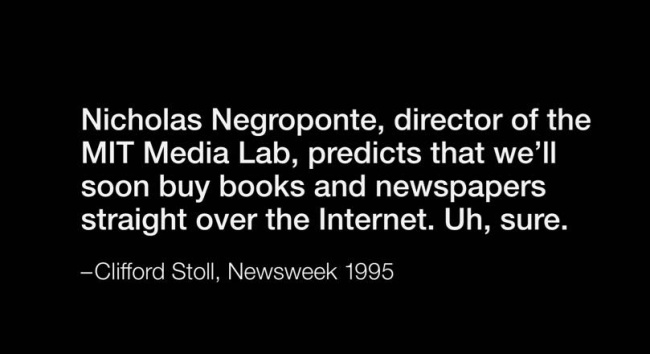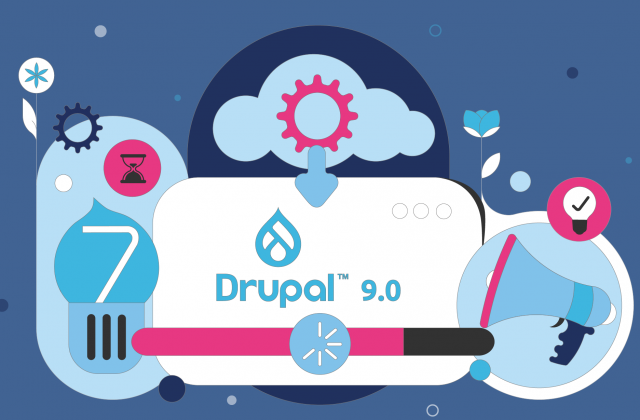TED talks offer an opportunity to spend the most productive 15 minutes spent online.
Here is a roundup of some very interesting and eye-opening TED talks on Internet-related subjects, in case you have missed them.
Keren Elazari: Hackers: the Internet’s immune system
Undeniably, if, and when, it’s up to media, hackers are the people to blame, presented as people we should love to hate, whereas, as Keren Elazari, the cybersecurity expert explains, they just might be the most powerful weapons we have towards more security and safety on the net.
Where is the line between breaking the law and helping? Moreover, how to balance identity theft, fraud and malware, and fight corruption and expose vulnerabilities?
Not choosing sides is the answer, but acknowledging the possibilities.
Janet Iwasa: How animations can help scientists test a hypothesis
Visualization is especially important for science, and that is what a molecular biologist, Janet Iwasa, showed in this lecture. A new open-source animation software called Molecular Flipbook, gives scientists greater opportunities when it comes to testing the hypothesis.
Can animation change biology? What is the impact on science in general? Watch it and decide for yourself.
Nicholas Negroponte: A 30-year history of the future
The founder of the MIT Media Lab, Nicholas Negroponte, explains, among other things, what went wrong with the Internet of things – bringing technology to users, thus, moving the intelligence back to devices, is not what we want, as he thinks.

“You want to put a chicken in the oven, and the oven says: “Aha, it’s a chicken!”, and it cooks the chicken.” Does he know what we want? Who knows the future, and who can predict it? A
A 20-minute TED talk about the last 30 years of tech – what’s your prediction?
Toby Shapshak: You don’t need an app for that
In this amazing talk journalist Toby Shapshak, puts the term innovation on the scale, uses it as a jumping off point to explain what may be the right way to understand innovations themselves, reminding us that while we play games on our smartphones, Africa is using SMS-based solutions to fulfill everyday needs and bring change.
Technology needs to be a solution, not to offer products for consumerism and pure pastime.
Lorrie Faith Cranor: What’s wrong with your pa$$w0rd?
Is there a science behind passwords? In this talk, Lorrie Faith Cranor deals with the password frustration, we all know. She studied thousands of real passwords to find the common mistakes. Did you know that it is better to write your password down than to reuse it?
Why do you have a “monkey” in your password?
Tim Berners-Lee: A Magna Carta for the web
Is there something we can learn from Tim Berners-Lee’s 7 minutes talk? Something about privacy? Censorship? What kind of web do you want? – is what he asks us. What do you think about the bill of rights for the web? What would be on your list for a Magna Carta for the web? Speak up; your voice just might bear some fruits.
See also,
Anant Agarwal: Why massive open online courses (still) matter
In this talk Anant Agarwal propose taking massive open online courses to the next level pairing online education with face-to-face student interactions.
For the young, who are living with technology (in some parts of the world), this approach is somewhat a logical way of learning. For others, these courses open a door to new possibilities.
Technology has changed education, however, the question is how will we embrace that change and use it to our advantage? Will the availability of knowledge from different sciences shape the creativity, intelligence and logic of future generations and if so how much?
It is still too soon to tell, however, massive online open courses have certainly changed the way we approach education and learning.
Guy Hoffman: Robots with “soul”
It seems we have stopped imagining living with robots, they have already become an important part of our lives (even more important in the future).
However, finding a way to introduce robots to human behaviour and to create a natural interaction between a human and a robot is very challenging and intriguing. Guy Hoffman explores the human side of robots when interacting with humans.
They are designed to be super smart, but can they have “souls”? Hoffman will introduce his interesting robotic family you will love, and dance to.
Dan Berkenstock: The world is one big dataset. Now, how to photograph it …
So, do we need to “revolutionize the ways that consumers, businesses, and governments make decisions in their day-to-day lives”? Apparently. Satellite imagery is out of date, and what we need is a new approach to be able to catch what is going on on our planet.
Since satellites are expensive, and big, Berkenstock and his team designed a lightweight, cheap satellite that can take real-time state images. Why do we need these images, again? Berkenstock explains it in a simple way.
Mark Kendall: Demo: A needle-free vaccine patch that’s safer and way cheaper
It is odd how we tend to neglect some fields of science in terms of innovation, and the fact that we have been using old technology as a solution for various medical problems, is in fact devastating.
However, with Kendall’s Nanopatch, a computer chip that delivers a dose of vaccine just under the skin, some of the problems we are facing every day may have been solved (needle phobia, needle injuries, infection reduction).
Kendall emphasizes that with this new technology vaccines are more effective as well because they can solve the problem of “cold chain”, a journey of a vaccine (refrigeration and liquid form) that can make vaccines ineffective.
Given that Nanopatch needs less vaccine, expensive vaccines will be more viable to distribute across the world which is probably the greatest benefit of this chip.
Rupal Patel: Synthetic voices, as unique as fingerprints
The most moving talk probably is the one delivered by computer science professor Rupal Patel.
She wanted to find a solution for people with severe speech disorders who use synthetic generic male voices. Given that people usually use computerized device to communicate, this computerized voice in fact deprives them of their identity in a certain way.
They need a voice that will fit their personality. She created a technology that combines real human voices and individual speech patterns called VocaliD, and with it, people can now communicate in a voice that they can call their own.
Enjoy!



